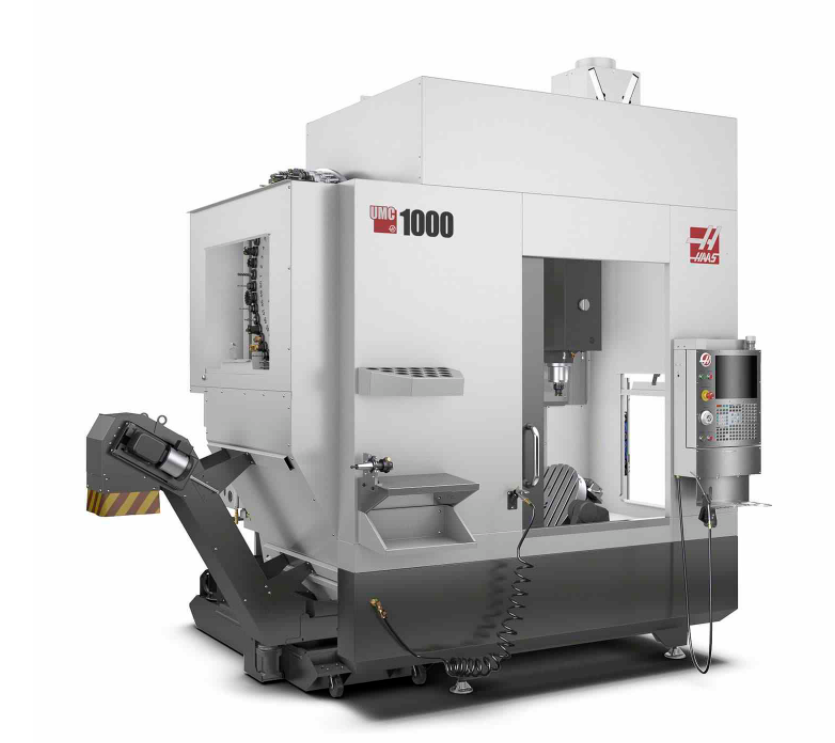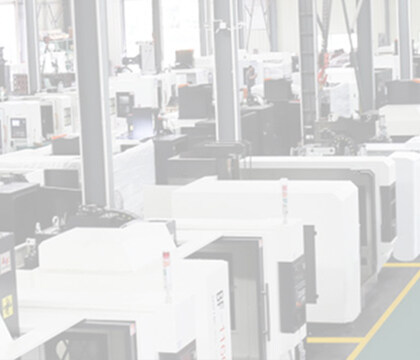- NO63, XinTai Road, XinMaLian, DaLang Town, Dongguan City, Guangdong province
- info@baofengmachine.com
Email format error
Email cannot be empty
Email already exists
6-20 characters(letters plus numbers only)
The password is inconsistent
Email format error
Email cannot be empty
Email does not exist
6-20 characters(letters plus numbers only)
The password is inconsistent

News
Practical Advantages of Double Column Machining Center
double column milling machine factory
Heavy-duty cutting is a must in the modern industry within certain areas such as aerospace, airplane, defense, shipbuilding, and power generation sectors.
About Double Column Machining Center (Double Column Type Machining)

Heavy duty cutting is a must in modern industry within certain areas such as aerospace, airplane, defense, shipbuilding, and power generation sectors. When the heavy machine tool adopts the column design, like double column type machining, it can ensure smooth processing and maintain the rigidity of heavy cutting. Therefore, many machine tool manufacturers tend to make double column machines for their customers to provide maximum machining capacity.
Can double column move or not?
Some people may regard the column as another axis. In this case, we must set the column on another track, or put another box in the box track to make it a B axis or a Z axis, depending on the design of the manufacturer. Either way, most double column machining centers are designed with multiple axes, because in the higher level machine models area, customers from various industrial fields absolutely need higher processing capacity. Double column machines, such as double column machining center, usually needs to be able to operate at least 4 or 5 axes simultaneously to make it more compatible in the market.
Double column model and turning center
The 3 axis machining center moves one part in two directions, and the machining tool moves up or/and down, or simultaneously moves in the Z-axis direction. In other words, the turning center usually contains two movable axes on the side where its cylinder and chuck are installed, which is very similar to the case of a 3 axis machining center. The 5 axis machining center, whether it is a fixed column or a movable column, can be rotated on two additional rotation axes (i.e. A and B axes). This helps the cutting tool approach the work piece from all directions, thus achieving a better machining versatility than the 3 axis machining center.
The widely applied sectors
As mentioned at the beginning of this article, the double column machining center is known for its wide application in almost all industries. However, due to the high price of these machines, factory owners usually use the double column type machining to process harder work pieces. The work pieces of double column machining centers usually have complex contours, and it is difficult to process with 5 axis, 3 axis, or turning center. Most of this type of work piece comes from components used in the automotive, aerospace, defense, power generation, automation, mold and die plates, and shipbuilding industries. The name of double column machining center can be different, which includes gantry type and bridge type, the concept of two with different names is the same, but the function may be slightly different.
Can a 4 Axis double column machining center do 5 phase processing?
In the current market, five phase (not five axes) processing is known for its practicality and reasonable price. Since not all complex machining needs to be performed by a 5 axis machining center, sometimes a 3 axis machine can’t help but bring more tasks to the machine operator. Therefore, many manufacturers, such as automobile chassis OEM factories, need a machine in between. The machining process of the 4 axis machining center is the same as that of the 3 axis machining center. They use cutting tools to remove material from the work piece to form the desired shape and contour of the work piece. However, in the case of 4 axis double column type machining, milling is performed on an additional axis, similar to the additional axis installed on a 3 axis machining center.
Bottom lines
For more information about double column milling machine factory, we are glad to answer for you.
